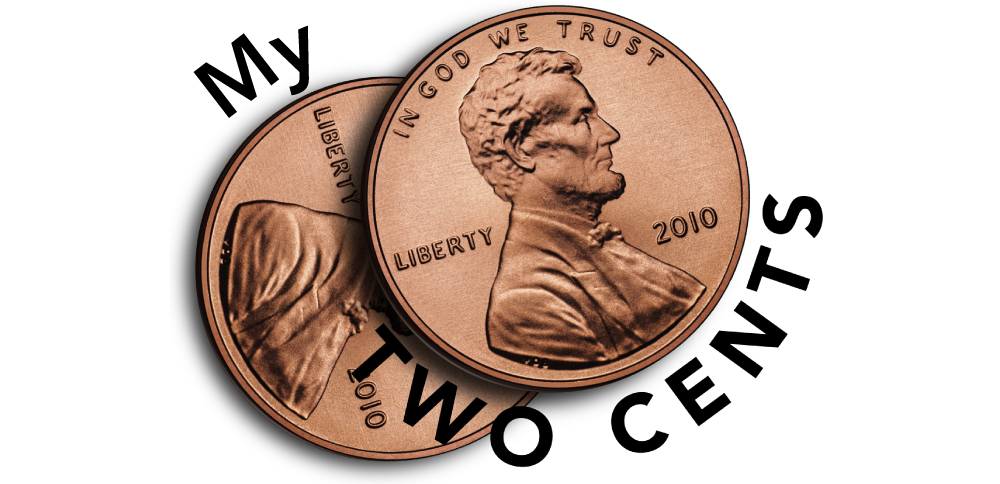By Dom Serafini
Recently, Moffett-Nathanson, a New York City-based independent research firm, came out with an analysis –– one that was widely reported in the media –– that did not envision a bright future for the U.S. entertainment industry. By piecing together the various media reports, I came to the conclusion that the analysis was not based on solid premises since it took pre-COVID-19 data into consideration.
In my view, we aren’t saying “goodbye” to Hollywood (as the Moffett-Nathanson reports in the media indicated), but “arrivederci” (or, “Save the wedding bells for my returnin’,” as Dean Martin sang in Arrivederci Roma), with a few new twists, some of which I’ve outlined below:
Cable will adapt and fight cord-cutters by offering broadband rates that won’t differ all that much from broadband plus basic rates. Good broadband service (which cable does best) is necessary for quality streams. Cable will stop paying retrans fees to FTA stations, and in exchange, perhaps offer carriage to their sub-channels as part of basic.
Cable networks will need to find a new business model, either an a-la-carte format (with per sub revenue) or basic (with no per-sub fee and increased footprint for advertisers). Basic carriage will also facilitate the promotion of the cable channels’ VoD services, which will be the cables’ first windows for their original programs. More basic-cable channels will also increase the value for the money of cable subscriptions.
Pay-TV services will move to SVoD with rates that’ll be a bit higher than those offered by cable (since cable will still be a good marketing tool to expand its base).
The recession will push consumers to reduce streaming subscriptions. AVoD will be a favorite.
High FTA ratings have made linear TV more popular and consumers have discovered digital antennas. The recession will continue to ensure that linear TV content remains appreciated by consumers.
Peak-TV will remain peak-TV with content coming from countries that heavily subsidize production with U.S. participation. Some of the most popular Netflix series are from Spain (Money Heist, or La casa de papel from Antena 3) and Italy (My Brilliant Friend, or L’amica geniale, from RAI), with American participation. An additional scenario involves Netflix dumping a massive amount of owned content on the non-SVoD market in order to raise money to possibly buy Sony Pictures before Netflix’s stock plunges.
The decline of movie theaters will mean that Hollywood will cease to produce $200 million special effects-laden movies. Plus, there will be a new windowing process. The first window will be premium VoD streaming (e.g., at $19 a pop). The second window will be SVoD. The third window will be AVoD. And the fourth window will be global sales.
For those who say that distribution –– not content –– is king in this age of video streaming, I say that content is still king since distribution is technology and people don’t watch technology.
Finally, there will be some changes in the TV ad sales process, but I don’t envision the disappearance of the Upfronts since they serve both the advertisers (who get large discounts compared to scatter buy, plus guaranteed schedules) and the TV outlets (that can count on confirmed revenues).












Leave A Comment